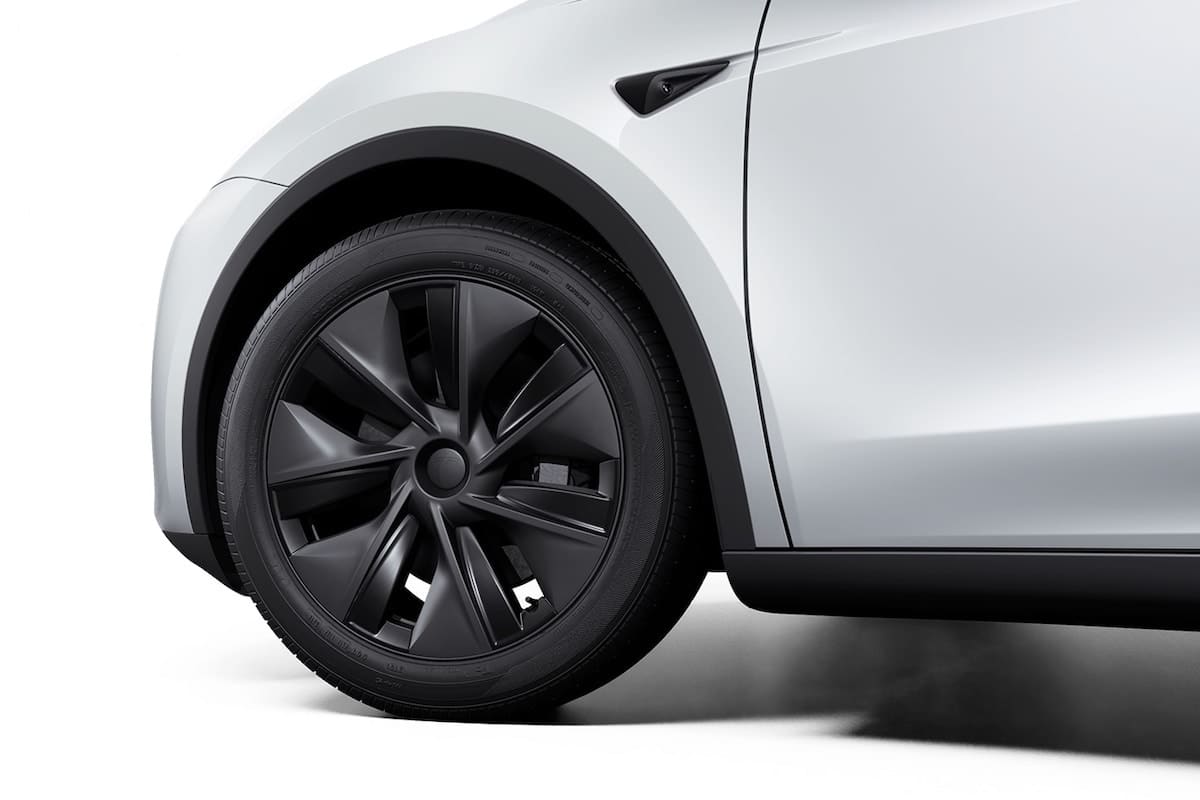Tesla Model Y: Why Should You Avoid Run-Flat Tires?

Run-flat tires, known as flat-riding tires, provide safety in case of a puncture, but the disadvantages are numerous for Tesla.
You just need to browse the forums of Tesla Model Y drivers to understand that the tires are a source of stress. Between the limited grip of the standard Hankook tires, rapid degradation, high cost due to the technical properties needed to support the maximum load weight of over 2 tons, customers are confused.
Strangely, the temptation might be to opt for Premium tires equipped with all the anti-puncture technologies, like Run-flat. But this could be a potential mistake. Beyond the very high cost, some parameters hinder the performance of an electric car, especially for the Tesla Model Y.
For the Model Y? Because it is well-known that its ride comfort is very low. The heavy American is locked in its suspension, and its choice of large diameter tires (19 inches as standard) doesn’t help.
Higher energy consumption
Run-flat tires are built differently from standard tires. Their reinforced sidewalls, designed to support the vehicle’s weight without air, add extra weight. On average, a run-flat tire weighs several kilograms more than a standard tire. This added weight, although moderate, increases the overall mass of rotating elements and thus impacts energy consumption, especially in urban driving or situations requiring frequent acceleration.
Moreover, run-flat tires exhibit higher rolling resistance. This characteristic, linked to their rigidity, requires the engine to provide more energy to maintain speed, resulting in a slight increase in energy use. Estimates indicate a consumption increase of about 5%, roughly twenty kilometers of range.
Degraded driving comfort
Comfort is one of the aspects where run-flat tires may disappoint. Their reinforced design, essential for riding without air, makes them less flexible than regular tires. On the road, this rigidity leads to less effective absorption of shocks and vibrations, especially on uneven surfaces. Potholes, cobblestones, or roughness are thus felt more strongly inside the cabin.
Furthermore, run-flat tires produce more rolling noise, especially at high speeds. This reduces acoustic comfort, which is particularly important for electric vehicles, where quiet operation is a valued feature.
What are the advantages despite these disadvantages?
If run-flat tires have drawbacks in terms of comfort and energy efficiency, they offer significant benefits. In case of a flat, they typically allow driving between 50 and 80 kilometers at a speed of 80 km/h. This avoids dangerous situations, such as having to change a tire on the side of a road or highway. Additionally, they reduce the need to carry a spare wheel, freeing up space in the trunk… but also reducing dead weight.
This increased safety comes at a cost: run-flat tires are more expensive to purchase, and their durability is lower, especially when used extensively after a puncture. In conclusion, if range, ride comfort, noise level, and price are not primary criteria compared to safety, then go for run-flats. Otherwise, don’t fall for the marketing pitch.
ALSO READ: Tesla: foam in the tires, between comfort and concerns
This page is translated from the original post "Tesla Model Y : pourquoi faut-il éviter les pneus run-flat ?" in French.
We also suggestthese articles:
Also read






